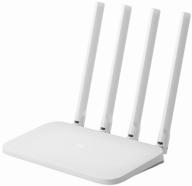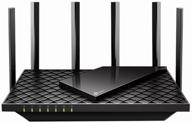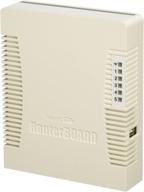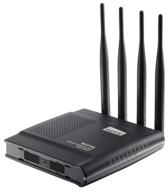
Review on GL.iNet Convexa-B GL-B1300 Gigabit VPN Router, High Speed 2.4G+5G Wi-Fi Networking, 400Mbps+867Mbps, 256MB RAM, 32MB Flash, OpenWrt Pre-Installed, Power Adapter Included by Cameron Reed

Good hardware, very outdated stock firmware
First, the hardware itself is really good. Compact, powerful (for a consumer router), seemingly solid assembly. Second, they can charge nearly double the asking price for what you get, and it's still worth it. if they have updated their firmware. I was planning to downsize my router for use in the RV when traveling and I think this device would be perfect. I am currently using a 6 year old mini pc that I built with pfSense. Since I'll soon have to rebuild the Mini with a more modern processor that supports AES-NI for newer versions, I figured to kill 2 birds with one stone and just get a compact, low-power router that uses open-source firmware could use. In this test, the latest stock firmware for this device was based on a 2.5 year old (very outdated) OpenWRT. GL-INet's latest stock firmware is still based on v15.x from early 2016. The current version of OpenWRT at the time of writing this review is v18.06.1 (Summer 2018). While I suspect/hope that GL-Inet has patched all major security holes in their old OpenWRT implementation, I'm not sure, so I've decided to download the latest generic/vanilla build of OpenWRT for this router from the official OpenWRT site ( releases/18.06.1/targets /ipq40xx/generic/glinet_gl-b1300-squashfs-sysupgrade.bin). Since the "upgrade" to the official OpenWRT from the standard UI doesn't work, I installed a TFTP server @ 192.168.2.1, the name of the official OpenWRT file in "lede-gl -b1300.bin" changed, file permissions set, connected directly to B1300 and downloaded. The official OpenWRT was downloaded with no problems. Excellent! The entire process took less than 5 minutes. Unfortunately, the good times ended here. The device crashed multiple times during the first few hours of testing. I had slower download speeds than I'm used to - using the official OpenWRT firmware I saw around 250Mbps where I normally see 350Mbps additional packets over SSH the user interface does not integrate any of the new components even after restarting the device. I reinstalled the firmware with the default settings, but there were no such problems. So I thought maybe I have a corrupt OpenWRT installer. I repeated the whole process including downloading a new copy, restarting the TFTP server, booting up the router - same thing. Installed vanilla OpenWRT with no problems. Unfortunately, I ran into the same issues when trying to install or set up additional software. I suspect it might have been a bad build, but I think someone else would have figured it out by now since it's been out for months. It could have been a hardware issue, although it appears that the stock firmware would have issues if that were the case. Maybe it just leaves a user error. After playing around with it for a few days, I decided to return it and only spend the extra money needed for the compact pfSense travel router. So disappointing! I wanted it to work so badly. As I said, the hardware is good and there were no problems with the GL-Inet firmware and you can easily access the OpenWRT user interface by clicking "Advanced" on the top right. I just don't trust the old version of OpenWRT it's based on. .
- Easy to use
- Bad instructions
New products
Comments (0)
Top products in 📶 Wifi Routers
Another interesting products
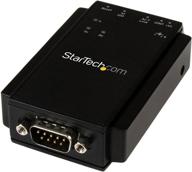
🔌 StarTech.com NETRS232 Serial to IP Ethernet Device Server - DIN Rail Mountable - Serial Device Server - Serial Over IP Device Server (Black)

4 Review
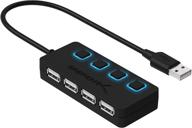
HB-UMLS Sabrent USB 2.0 Hub with 4 Ports and LED Power Switches for Each Port

12 Review
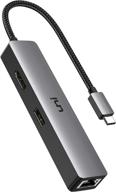
🔌 uni USB C Hub with Ethernet Adapter, 4K HDMI, Gigabit Ethernet, and 3 USB 3.0 Ports for MacBook Pro, iPad Pro, XPS

11 Review
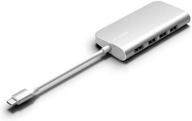
🔌 Juiced Systems Silver BizHUB USB-C Multiport Gigabit HDMI Hub with 3 USB 3.0 Ports, Gigabit Ethernet, 4K HDMI, SD/Micro SD, and USB-C Power Delivery

11 Review


